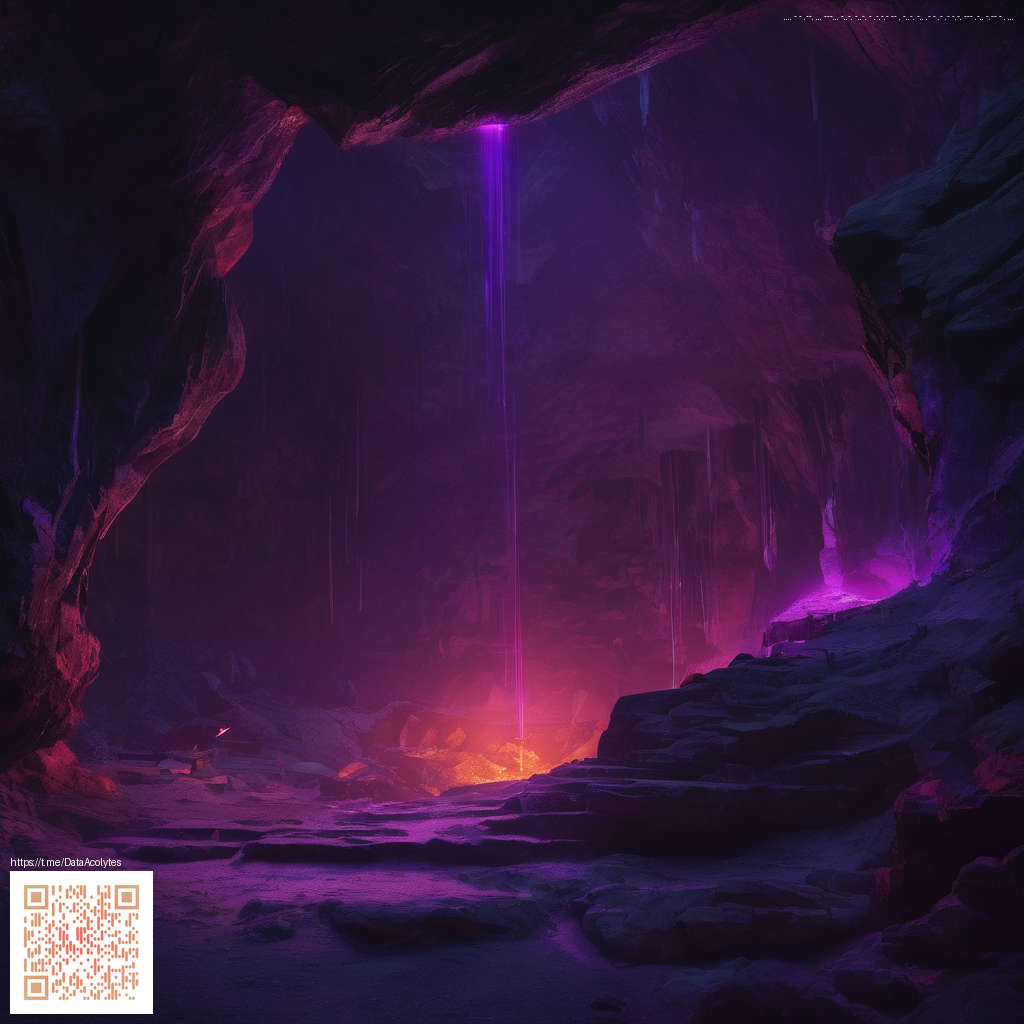
Brain Coral in Temple Builds
Temple projects in Minecraft gain character when you weave in natural textures that hint at age and underwater mystery. Brain Coral offers a living organic pattern that reads as both ancient and alive. In this guide we explore how to use this block to elevate temple aesthetics and storytelling in your builds 🧱
Why brain coral fits temple aesthetics
The brain coral block has a soft footprint on the eye yet a bold presence in a ruin. Its subtly ribbed surface creates organic mosaics that can mimic algae covered walls or reef driven architecture. The block exists in a waterlogged state and a dry state which lets you play with damp ruin vibes even in dry holds of a temple wing. When you place brain coral in the right context it can suggest temple gardens flooded by time or sanctuaries carved into coastal cliffs.
Placement tips and waterlogged states
- Place brain coral blocks along pedestals and alcoves to imply ancient coral growth around sacred artifacts
- Try a mixed wall panel of brain coral with sandstone or dry stone bricks for contrast
- Use waterlogged variants to create a wet sheen that catches light differently from stone blocks
- Combine with sea lanterns or glow lichen to emphasize underwater illumination without overpowering the coral texture
Texture and color palettes for ancient ruins
Brain coral brings soft blue gray tones that pair well with muted stone colors. A temple built near a sea cave or coastal cliff benefits from coral accents that echo sea spray and reef growth. You can balance the palette with warm stone bricks for contrast or lean into cool hues with prismarine derived blocks for a submerged temple vibe. Small clusters of brain coral in recessed wall niches can evoke the feeling of a living temple where ocean life once thrived.
Tech tricks for builders
Layer brain coral blocks with other coral types to create intricate borders and patterns. Use shallow stair steps or slabs to form broad cornices that frame doorways. Building in water or near a water feature makes the waterlogged state come alive as light refracts through the surface. If you want a dramatic effect, set a shallow pool in front of a temple entrance and line the edge with brain coral blocks. The result is a welcoming yet enigmatic entrance that invites exploration 🪷
What to pair with brain coral
Brain coral plays nicely with prismarine and sandstone derived blocks which helps you craft temple ruins that feel ancient yet connected to the sea. Mossy stone bricks add a sense of long standing decay while smooth sandstone brings clean lines that balance the organic curves of coral. For lighting consider sea lanterns hidden behind coral blocks to create a soft glow that reads like underwater lore. If you are playing with shaders you can push the glow and translucence to highlight the coral textures at night.
Recent updates to coral and waterlogged blocks have expanded the ways you can integrate brain coral into temple builds. The waterlogged state allows creative control over how much water is visible around the block and how light interacts with the surface. Builders are rediscovering old temple archetypes with a fresh reef inspired twist. The combination of stone and coral invites a calmer, more meditative take on ruin architecture while preserving the sense of power that temple spaces carry.
For builders who enjoy experimentation brain coral opens doors to underwater temple fantasies and surface temples that feel connected to a once submerged world. When you plan your layout think about how water plays a role in the story. A temple that sits at the edge of a reef can use small water features to reflect light and emphasize the coral details. The result is a design that feels alive rather than static and that is what makes brain coral a valuable tool in your building kit.
Keep in mind that the block data shows brain coral supports two states and remains easy to access. Its low hardness means you can replace and tweak sections without slowing down your project. If you are teaching newer builders how to design with texture it is a great example of how a single block can change the mood of an entire space. The ideas here work whether you are creating a secluded reef temple or a grand coastal ruin with a hidden sanctuary.
Experiment is the heart of Minecraft building and brain coral invites it. You can push for symmetry in some areas and playful asymmetry in others to mimic natural reef growth. The result is a temple design that feels both deliberate and organic which makes your world feel more inhabitable and real. The joy of building comes not just from the block itself but from how you place it to tell a story of water and stone together.
To support ongoing creativity in the community and keep the doors open for open collaboration I invite you to contribute through the open Minecraft community. Your participation helps keep ideas flowing and keeps the game vibrant for players of all ages
Support Our Minecraft Projects